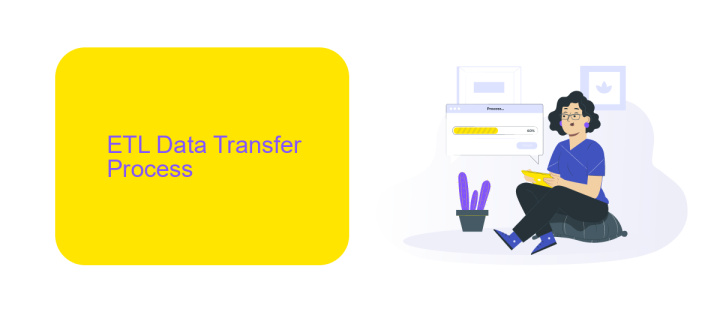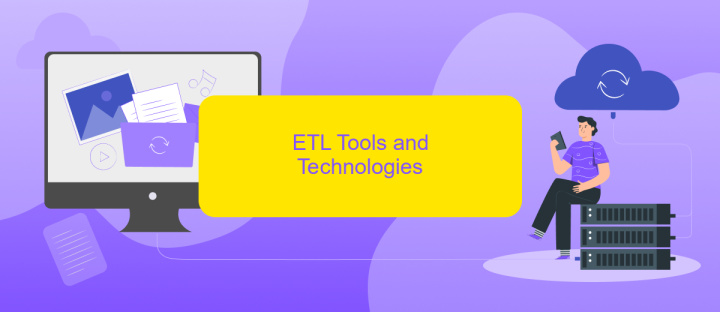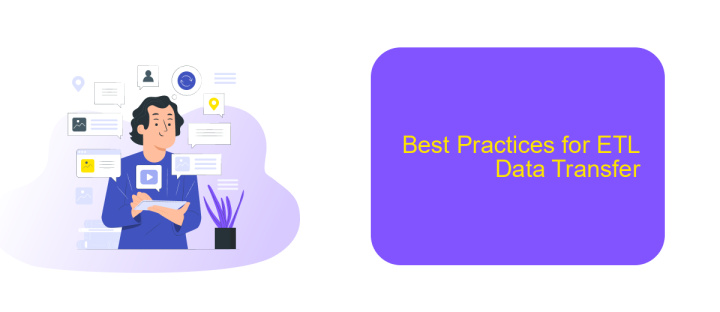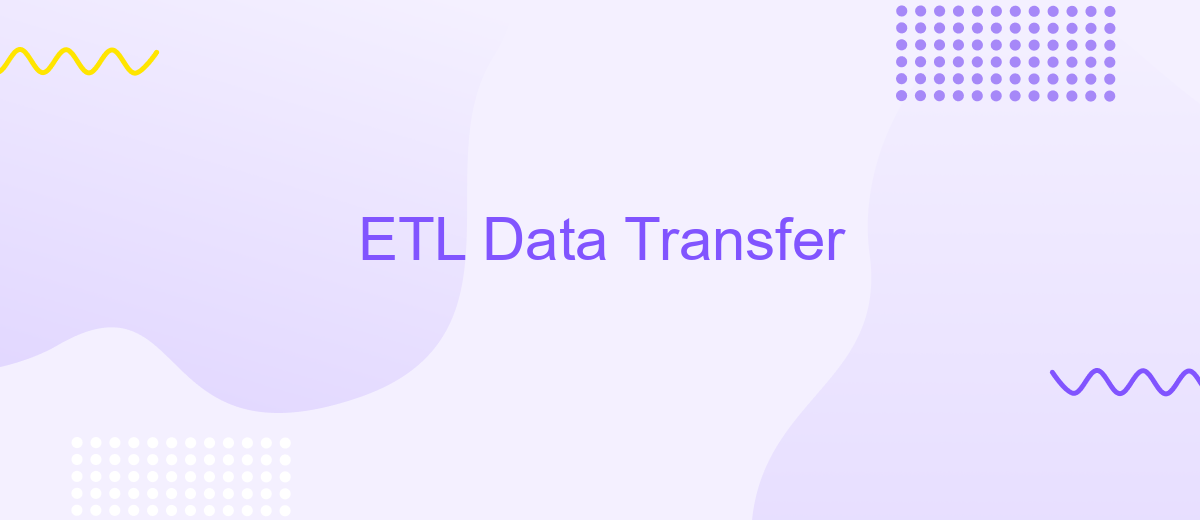ETL Data Transfer
ETL (Extract, Transform, Load) data transfer is a critical process in data management, enabling organizations to efficiently move and transform data from various sources into a centralized data warehouse. This process ensures data consistency, accuracy, and accessibility, facilitating better decision-making and analytics. In this article, we will explore the key components, benefits, and best practices of ETL data transfer.
Introduction
ETL (Extract, Transform, Load) data transfer is a crucial process in the realm of data management and analytics. It involves extracting data from various sources, transforming it into a suitable format, and loading it into a destination system for analysis and reporting. This process ensures that data is accurate, consistent, and ready for decision-making.
- Extract: Retrieving data from diverse sources such as databases, APIs, and flat files.
- Transform: Cleaning, filtering, and structuring data to meet business requirements.
- Load: Inserting the transformed data into a target database or data warehouse.
Effective ETL processes are vital for businesses to harness the full potential of their data. Tools like ApiX-Drive simplify the integration and automation of ETL tasks by connecting various applications and services. This not only reduces manual efforts but also ensures real-time data synchronization, enabling organizations to make data-driven decisions swiftly and accurately.
ETL Data Transfer Process

The ETL (Extract, Transform, Load) data transfer process is a crucial aspect of data management, enabling the efficient movement and transformation of data from various sources to a centralized data warehouse. The process begins with the extraction phase, where data is collected from multiple sources, such as databases, APIs, and flat files. This raw data is then transformed into a suitable format through cleansing, normalization, and enrichment operations. These transformations ensure that the data is consistent, accurate, and ready for analysis. Finally, the transformed data is loaded into the target data warehouse or data lake, where it can be accessed for reporting and analytics purposes.
To streamline the ETL data transfer process, businesses often utilize integration services like ApiX-Drive. ApiX-Drive simplifies the setup of data integrations by providing a user-friendly platform that connects various data sources without the need for extensive coding. It offers pre-built connectors and automated workflows that handle the extraction, transformation, and loading of data seamlessly. By leveraging such services, organizations can reduce the complexity and time required for ETL processes, ensuring that data is readily available for decision-making and strategic planning.
ETL Tools and Technologies

ETL (Extract, Transform, Load) processes are essential for data integration and management. Various tools and technologies facilitate these processes, ensuring efficient data transfer and transformation. These tools help in automating workflows, managing data pipelines, and integrating different data sources effectively.
- Apache Nifi: An open-source tool that supports powerful and scalable directed graphs of data routing, transformation, and system mediation logic.
- Talend: Provides a comprehensive suite of data integration and management tools, including ETL, data quality, and data preparation features.
- Informatica PowerCenter: A widely-used ETL tool known for its robust data integration capabilities, real-time processing, and extensive connectivity options.
- ApiX-Drive: A cloud-based service that simplifies the integration of various applications and services, streamlining the ETL process with an intuitive interface and automation features.
- Microsoft SSIS: SQL Server Integration Services is a platform for building enterprise-level data integration and transformation solutions.
Choosing the right ETL tool depends on the specific requirements of your data workflows, such as the volume of data, the complexity of transformations, and the need for real-time processing. Tools like ApiX-Drive offer user-friendly interfaces and automation capabilities, making it easier to set up and manage integrations without extensive technical expertise.
Best Practices for ETL Data Transfer

Implementing best practices for ETL data transfer is crucial for ensuring data integrity, efficiency, and scalability. One fundamental step is to thoroughly understand the data sources and the target system. This helps in designing an optimal ETL process that minimizes data loss and errors.
Another key practice is to automate and monitor the ETL processes. Automation reduces manual errors and increases efficiency, while monitoring helps in quickly identifying and resolving issues. Tools like ApiX-Drive can be extremely useful for setting up automated data transfers and monitoring them in real-time.
- Ensure data quality by validating and cleaning data before transfer.
- Encrypt data during transfer to maintain security and compliance.
- Implement incremental data loading to handle large datasets efficiently.
- Regularly update ETL processes to adapt to changes in data sources or target systems.
Finally, documentation and collaboration are essential. Proper documentation helps in maintaining the ETL processes and makes it easier for team members to understand and manage the data transfer. Leveraging collaborative tools can streamline communication and enhance the overall efficiency of the ETL process.


Challenges and Solutions in ETL Data Transfer
One of the primary challenges in ETL data transfer is handling large volumes of data efficiently. As data grows, the time required for extraction, transformation, and loading increases, often leading to performance bottlenecks. To address this, organizations can implement parallel processing and distributed computing techniques. These methods help to break down large data sets into smaller chunks that can be processed simultaneously, significantly speeding up the ETL process.
Another significant challenge is ensuring data quality and consistency across different sources. Inconsistent data formats and missing values can lead to errors and unreliable insights. Utilizing data validation rules and automated data cleaning tools can mitigate these issues. For example, services like ApiX-Drive offer seamless integration capabilities that help streamline data transfer between various platforms, ensuring data consistency. By automating data validation and transformation processes, ApiX-Drive reduces the risk of human error and enhances the overall reliability of ETL operations.
FAQ
What is ETL and why is it important?
How often should ETL processes be run?
What are some common challenges in ETL data transfer?
How can I automate ETL processes?
What should I consider when choosing an ETL tool?
Time is the most valuable resource for business today. Almost half of it is wasted on routine tasks. Your employees are constantly forced to perform monotonous tasks that are difficult to classify as important and specialized. You can leave everything as it is by hiring additional employees, or you can automate most of the business processes using the ApiX-Drive online connector to get rid of unnecessary time and money expenses once and for all. The choice is yours!

